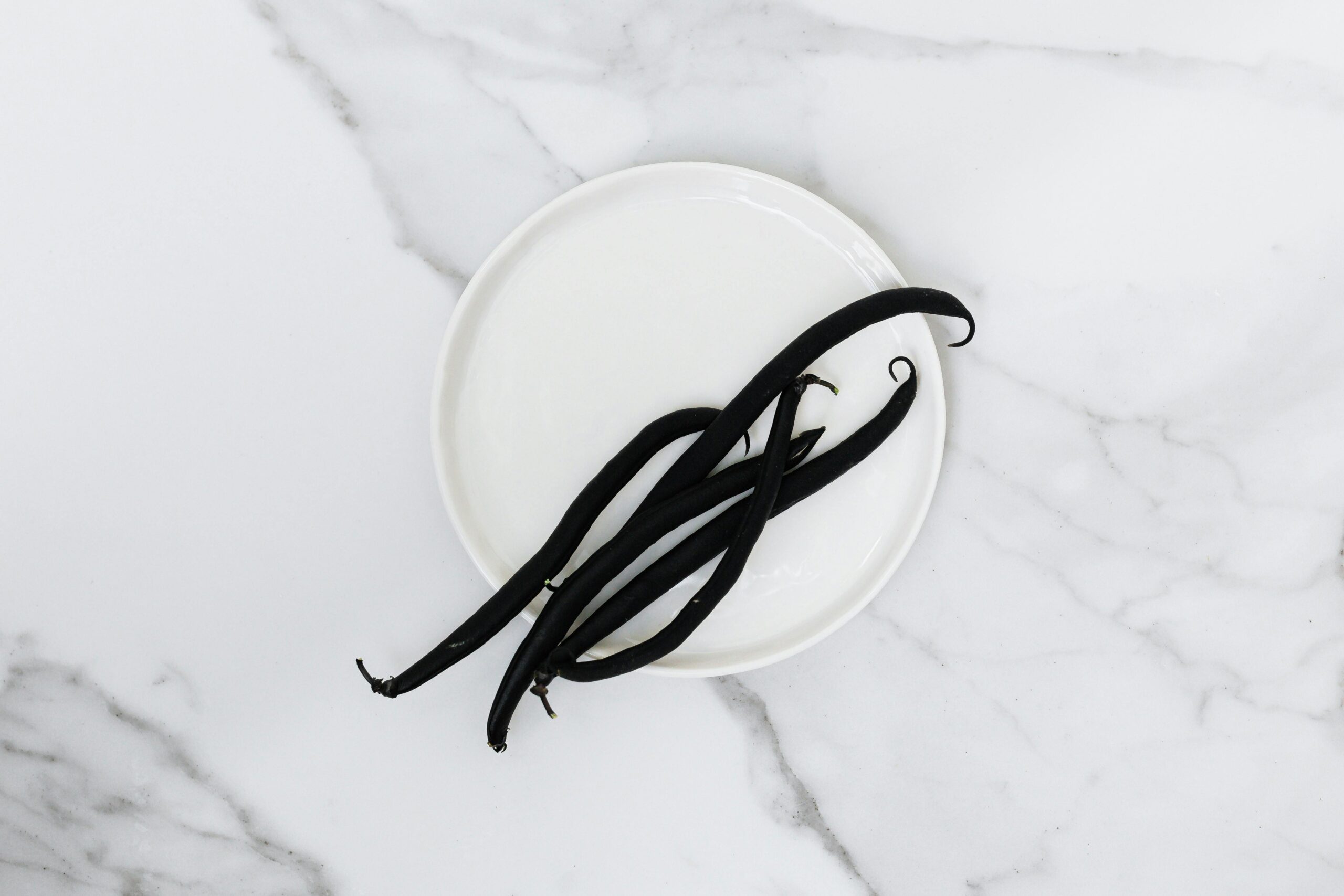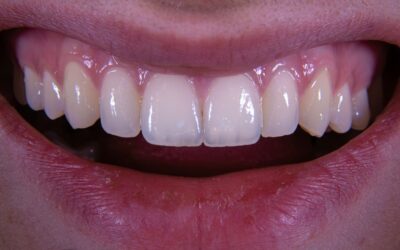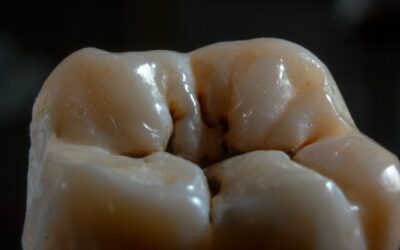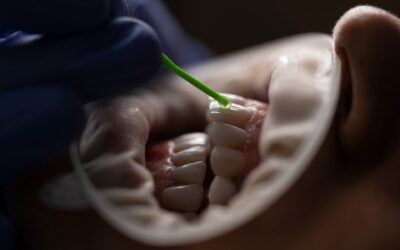Toothache can be one of the worst types of pain to manage day-to-day, making it hard to eat, sleep or focus. For those who can’t get to the dentist immediately, home remedies to relieve tooth pain can seem like a lifeline. But how many of these home remedies for toothache actually work? In this guide, we will explore ten of the most popular home remedies for toothache to find out which provide real relief and which might just be myths.
What Causes Toothache?
Tooth pain can result from a wide range of issues and manifests itself in a number of ways. You might feel a dull throbbing or a sharp sensation or another feeling entirely. The underlying cause of your tooth pain will ultimately play a role in what sort of pain you are feeling, as well as determining how long it lasts and how severe it becomes. The most common causes of toothache include:
- Cavities – Holes in teeth caused by acid-producing bacteria that break down tooth enamel
- Gum disease – Inflammation and infection of the gums, often caused by plaque buildup that can lead to tooth loss if untreated
- Tooth abscesses – Painful pus-filled infections at the tooth root or between the tooth and gum, usually from untreated decay
- Damaged fillings – Worn, cracked or loose dental fillings that no longer properly seal and protect the tooth
- Cracked teeth – Fractures in the tooth structure that can range from minor surface cracks to deep splits affecting the tooth’s pulp.
While home remedies may offer temporary relief from toothache caused by the above, it’s important to recognise when professional treatment is required. If the pain persists beyond a couple of days, is severe or is accompanied by swelling, fever or a bad taste in the mouth, it’s time to contact your dentist.
Do These 10 Home Toothache Relief Treatments Work?
1. Saltwater Rinse
This is often one of the first remedies people try – and for good reason. A saltwater rinse acts as a natural disinfectant, helping to clean the mouth and reduce inflammation. It can also support in healing any small wounds or irritations in the gums.
Simply mix half a teaspoon of salt in a glass of warm water and rinse for 30 seconds. While it won’t cure the root cause of tooth pain, it can offer temporary relief and is completely safe to use for both children and adults.
2. Clove Oil
Clove oil contains eugenol, a natural anaesthetic and antibacterial compound. It’s often used to numb the area around an aching tooth. Apply a small amount to a cotton ball and place it near the affected area – but avoid direct contact with soft tissues to prevent irritation. Some studies support its effectiveness, though it’s not a long-term solution and should be used with caution, especially in children.
3. Cold Compress
For tooth pain caused by trauma, swelling or inflammation rather than oral hygiene conditions, a cold compress applied to the cheek can constrict blood vessels and reduce swelling. It will numb the pain and offer short-term relief from toothache. Wrap a bag of ice or frozen peas in a cloth and apply to the area for 15 minutes at a time.
4. Garlic
Garlic isn’t just a staple in your kitchen – it also has strong antibacterial properties due to a compound called allicin. Crushing a garlic clove releases allicin, which can help kill bacteria in the mouth. Applying crushed garlic directly to the affected area or chewing on a raw clove can offer some quick relief. While the taste and smell may be unpleasant, some people do find it helpful. That said, it’s no replacement for proper dental treatment.
5. Peppermint Tea Bags
A cooled peppermint tea bag applied to the sore area of your mouth is said to soothe gums and reduce pain thanks to its mild numbing properties. While there’s limited scientific evidence supporting this, the cold temperature combined with the menthol in peppermint may provide mild relief for minor discomfort. It’s gentle and safe to try, though unlikely to offer strong or lasting effects.
6. Hydrogen Peroxide Rinse
Hydrogen peroxide has disinfectant and antibacterial properties, which makes it a common ingredient in many mouthwashes and home tooth whitening solutions. A diluted solution of hydrogen peroxide mixed with equal parts water may help reduce bacteria, inflammation and plaque which may be causing toothache.
However, it must be used with absolute caution – never swallow it, and avoid frequent use as it can irritate gums and damage tissues over time. While it may reduce pain from infection temporarily, it should only be used as a short-term measure to relieve toothache at home.
7. Vanilla Extract
This household baking ingredient contains alcohol and antioxidants that may help to numb pain and speed up the healing process. Dabbing a small amount onto the affected area with a cotton ball can bring short-lived relief. However, its effectiveness hasn’t been thoroughly studied, and it remains more of a folk remedy than a scientifically proven treatment that is guaranteed to help with the pain.
8. Guava Leaves
Guava leaves have been used in traditional medicine for years due to their antimicrobial and anti-inflammatory properties. Chewing on fresh guava leaves or boiling them to make a mouth rinse can potentially reduce pain and promote oral health.
Some preliminary research supports their use in reducing inflammation and controlling bacteria, making this one of the more promising natural remedies that you can rely on when suffering from tooth pain at home and need relief.
9. Wheatgrass Juice
Wheatgrass is believed to support oral health by reducing inflammation and detoxifying the body due to its high concentration of chlorophyll, antioxidants (like vitamins A, C, and E), enzymes and anti-inflammatory compounds.
Used as a mouthwash, it may help combat bacteria and relieve discomfort from toothache. While more scientific research is needed, wheatgrass is rich in nutrients that promote healing. It’s generally considered safe, though results vary from person to person.
10. Onions
Onions contain antimicrobial compounds like sulphur and allicin, which may help kill germs that contribute to tooth infections. Chewing raw onion or placing a piece near the painful area could help numb the region and reduce bacteria. Like garlic though, the taste can be overpowering, yet some people find it still offers worthwhile short-term pain relief.
When to Stop Self-Treating and See a Dentist
If your tooth ache lasts more than two days, becomes intense or is accompanied by other symptoms such as fever, swelling or pus, it’s time to call your dentist. Persistent pain can indicate serious issues such as infections or abscesses that need professional care. By delaying treatment and continuing to rely on home remedies for toothache, you could actually end up suffering from a more complex oral issue such as an infection or even tooth loss. These issues are likely to not only be more costly than a standard dental examination or filling, but may require more extensive treatments such as root canals and tooth extractions.
Conclusion – Should You Rely on Home Remedies for Tooth Ache?
Some home remedies for tooth pain offer genuine short-term relief, especially when professional care isn’t immediately available. However, most don’t treat the underlying cause and shouldn’t replace proper dental diagnosis and treatment. Think of these remedies as temporary solutions to manage discomfort until you can visit your dentist. At Cheslyn Hay Dental Practice, we’re always here to support you with expert advice and effective treatment options to keep your smile healthy and pain-free.







